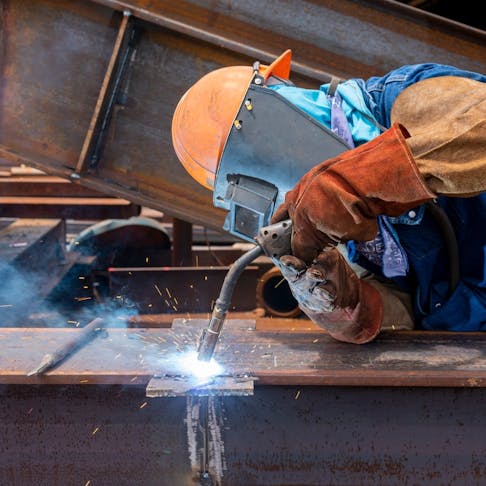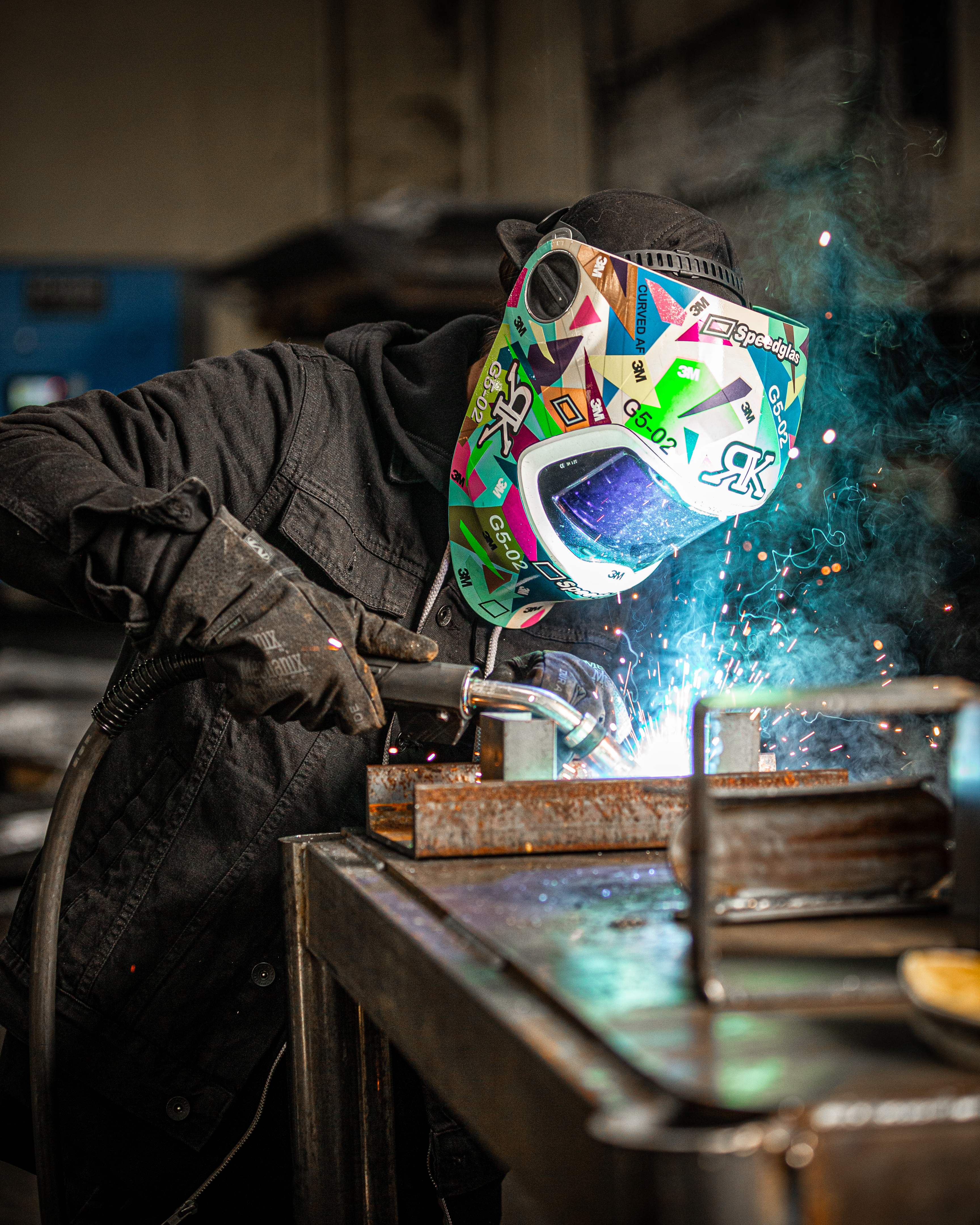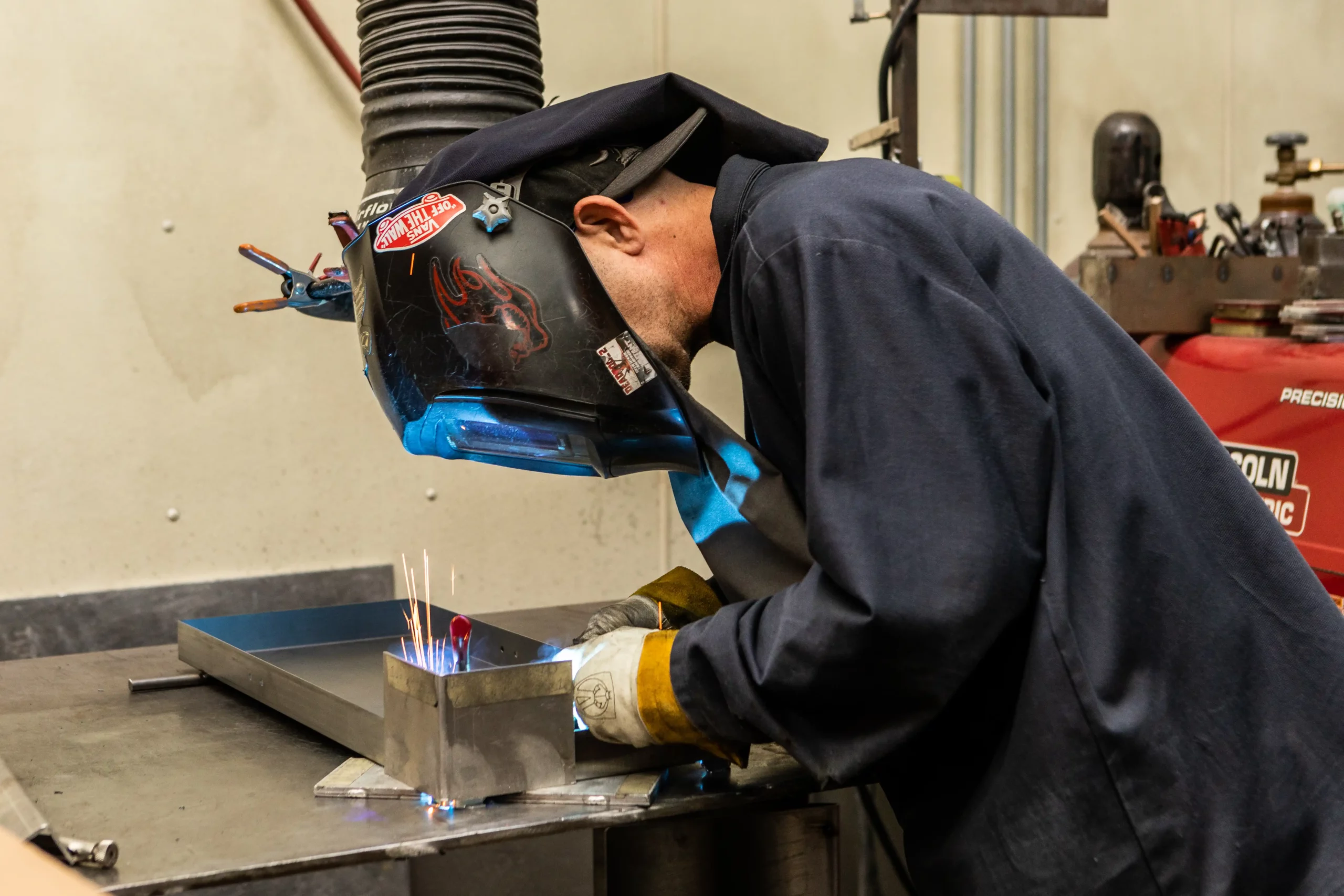Welding WPS: Common Mistakes to Stay Clear Of and Just How to Correct Them
Welding WPS: Common Mistakes to Stay Clear Of and Just How to Correct Them
Blog Article
The Ultimate Overview to Welding WPS Procedures: A Thorough Introduction for Welders
In the complex globe of welding, Welding Treatment Specs (WPS) function as the foundation of making sure quality, consistency, and safety in welding procedures. Recognizing the subtleties of developing, applying, and keeping an eye on WPS treatments is essential for welders seeking to elevate their craft and fulfill industry criteria. As we explore the different components of a WPS and check out the ins and outs of certification and certification, we will certainly discover the vital function these procedures play in the world of welding. Let's start a journey to decipher the complexities and value of WPS treatments in welding techniques.
Significance of WPS Procedures
Understanding the significance of Welding Procedure Specs (WPS) treatments is important for guaranteeing the high quality and honesty of welded frameworks. WPS treatments function as a roadmap for welders, outlining the required steps, specifications, and products required to attain a sound weld. By sticking to WPS guidelines, welders can ensure consistency in their job, causing structurally audio and trustworthy welds.
One of the main reasons why WPS treatments are necessary is their function in keeping weld top quality and stability. Adhering to the defined welding specifications and techniques described in the WPS helps protect against problems such as porosity, cracking, or incomplete blend, which can jeopardize the stamina and toughness of the weld.

Parts of a WPS
A Welding Procedure Spec (WPS) generally consists of crucial parts that detail the details needs for performing a weld, making certain uniformity and quality in the welding process. The crucial parts of a WPS include crucial variables such as base steels, filler steels, preheat and interpass temperatures, welding procedures, protecting gases, welding placements, and post-weld warm therapy demands.
Base steels refer to the materials being signed up with, while filler steels are utilized to fill the space in between the base metals during welding. The welding process outlines the specific method to be made use of, whether it's gas metal arc welding (GMAW), secured steel arc welding (SMAW), or another technique. Welding positions specify the orientations in which welding can be executed.

Certification and Qualification
Having actually established the crucial components of a Welding Treatment Specification (WPS), the focus now shifts in the direction of the crucial aspects of qualification and qualification in welding techniques.

Qualification, on the various other hand, is the official recognition of a welder's certifications by a pertinent accreditation body or company. Welding qualifications are usually based upon the specific welding procedures, products, and positions a welder is certified to collaborate with. Holding a legitimate welding accreditation shows that a welder fulfills sector criteria and is qualified to do welding jobs to the called for requirements.
Producing a WPS
To develop try this web-site a Welding Procedure Spec (WPS) that meets market standards, cautious consideration of welding procedures, products, and operational parameters is vital (welding WPS). The primary step in producing a WPS is to recognize the welding process to be used, such as gas steel arc welding (GMAW) or shielded steel arc welding (SMAW) As soon as the welding process is determined, the following critical aspect is choosing the proper materials, thinking about elements like base metal kind, thickness, and joint design. Operational parameters such as welding existing, voltage, traveling speed, and securing gas composition should also be carefully defined in the WPS.

Implementing and Checking WPS
Upon finalizing the comprehensive Welding Procedure Requirements (WPS) that meticulously information welding procedures, materials, functional criteria, and quality assurance measures, the focus moves to effectively implementing and keeping an eye on the recognized treatments. Implementation entails making sure that all welders involved in the task are acquainted with the WPS and follow it meticulously throughout the welding process. Reliable application and surveillance of the WPS are essential for guaranteeing the stability, strength, and safety and security of the bonded joints, inevitably adding to the general click over here now success of the welding task.
Verdict
In conclusion, understanding and adhering to Welding Procedure Specs (WPS) is critical for welders to guarantee quality, uniformity, and security in their job. By understanding the elements of a WPS, getting proper qualifications and certifications, producing thorough treatments, and implementing and checking them efficiently, welders can enhance their abilities and efficiency in welding methods. Adhering to WPS procedures is crucial for generating top quality welds and meeting industry standards.
In the complex world of welding, Welding Treatment Specifications (WPS) offer as the foundation of guaranteeing quality, consistency, and safety in welding operations. The welding process outlines the specific method to be made use of, whether it's find out here now gas metal arc welding (GMAW), secured steel arc welding (SMAW), or an additional method.To develop a Welding Treatment Specification (WPS) that fulfills industry criteria, mindful factor to consider of welding procedures, materials, and functional specifications is essential. The initial step in developing a WPS is to recognize the welding process to be used, such as gas steel arc welding (GMAW) or shielded steel arc welding (SMAW)Upon completing the detailed Welding Procedure Requirements (WPS) that diligently information welding processes, products, functional criteria, and high quality guarantee steps, the emphasis changes to properly implementing and monitoring the recognized procedures.
Report this page